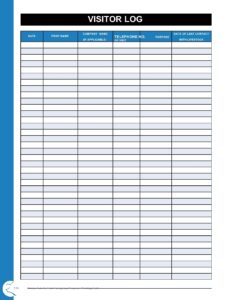Importing templates is a crucial step in web design that allows you to streamline your development process. However, sometimes you might encounter an error message indicating missing file permissions to import the templates.
This error can be frustrating, especially if you are new to the process. To understand how to resolve this issue, it’s essential to comprehend the underlying issue and the necessary steps.
Understanding File Permissions
File permissions control who has access to a particular file or directory and what actions they can perform. When importing templates, the web server needs to have the appropriate permissions to read and access the template files. If the required permissions are missing, the import process cannot proceed.
File permissions can be set using attributes that specify the access levels for the owner of the file, the group that owns the file, and the world, which represents everyone else. The most common attributes are read, write, and execute permissions.
Granting the Required Permissions
To grant the necessary permissions, you will need to use a file management tool such as FTP or a command-line interface like Terminal. Navigate to the directory where the template files are located and check the current file permissions.
You will need to modify the permissions to ensure that the web server has read permission. The specific commands to change the permissions will vary depending on your operating system and the file management tool you are using. Generally, you will need to use something like “chmod” or “chown” commands to modify the permissions.
For example, in Linux, you could use the following command to grant read permissions for everyone to the template file named “template.html”:
chmod a+r template.html
After granting the required permissions, try importing the templates again. If the issue persists, check if there are any additional file or directory permissions that need to be modified. Sometimes, the parent directories or the web server configuration may also affect the import process.
Conclusion
By understanding file permissions and how to grant the required access, you can successfully import templates and continue with your web development process. It is important to remember that file permissions are crucial for maintaining security and ensuring that only authorized users have access to sensitive information.
If you continue to face issues with importing templates due to missing file permissions, don’t hesitate to seek assistance from a web hosting provider or a developer. They can provide expert guidance and help you resolve the problem efficiently.
